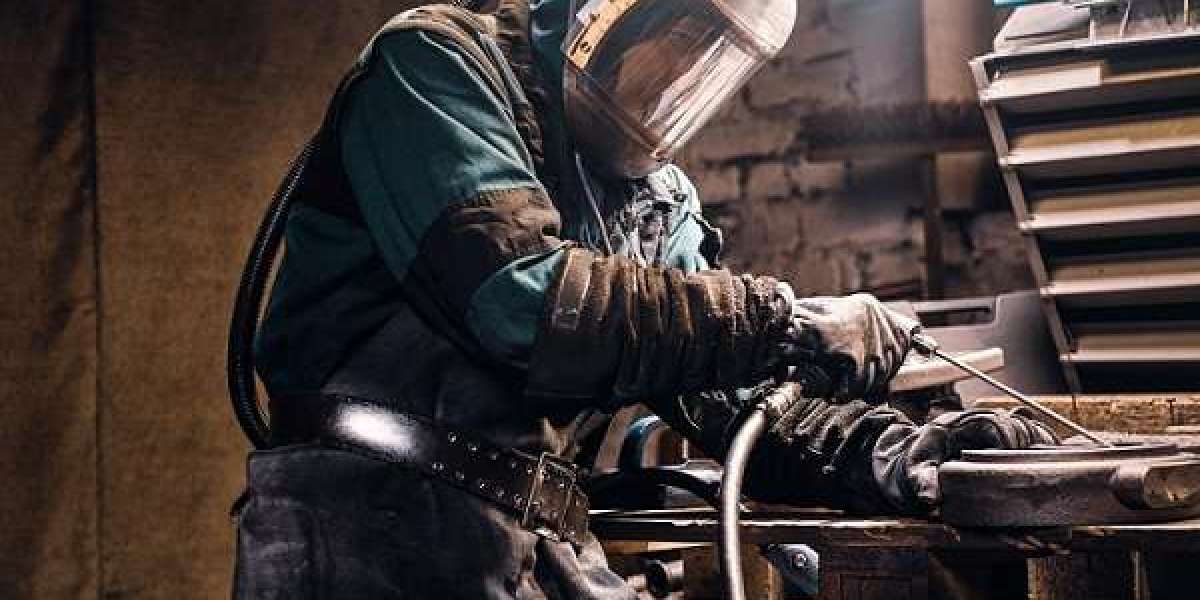Introduction:
In the realm of welding, stainless steel presents a versatile and widely used material. It's prized for its corrosion resistance, durability, and aesthetic appeal. Among the various types of stainless steel electrodes, 309 Stainless Steel Stick Welding Electrodes hold a significant place. These electrodes are specifically formulated for welding stainless steel to dissimilar metals or for overlaying on carbon or low-alloy steels. In this blog post, we'll delve into the characteristics, advantages, and applications of 309 stainless steel stick welding electrodes.
Understanding 309 Stainless Steel Stick Welding Electrodes:
309 stainless steel stick welding electrodes are classified under AWS A5.4, which designates them as E309-16 or E309-17 electrodes. They are primarily composed of chromium and nickel, with small amounts of other elements like carbon and manganese. The chemical composition is tailored to provide excellent corrosion resistance, high temperature strength, and compatibility with various base metals.
Characteristics of 309 Stainless Steel Electrodes:
Corrosion Resistance:
One of the primary advantages of 309 stainless steel electrodes is their exceptional resistance to corrosion. This makes them suitable for welding applications in aggressive environments where corrosion is a concern, such as chemical processing plants, marine structures, and coastal infrastructure.
High-Temperature Strength:
The chromium and nickel content in 309 electrodes contribute to their high-temperature strength, making them ideal for welding applications involving elevated temperatures. They maintain their mechanical properties even at temperatures exceeding 1000°F (537°C), ensuring the integrity of welded joints in high-temperature service conditions.
Versatility:
309 stainless steel electrodes are versatile in their application. They can be used for welding various stainless steel grades, including 304, 308, and 316, as well as for joining stainless steel to mild or low-alloy steels. This versatility makes them a preferred choice in industries where diverse welding requirements exist.
Advantages of Using 309 Stainless Steel Electrodes:
Compatibility:
309 electrodes exhibit excellent compatibility with a wide range of base metals, including austenitic, ferritic, and martensitic stainless steels, as well as carbon and low-alloy steels. This compatibility simplifies welding procedures and reduces the need for multiple electrode types, thereby streamlining the welding process.
Weldment Aesthetics:
Weldments produced using 309 stainless steel electrodes typically possess a clean, aesthetically pleasing appearance with minimal spatter and slag. This makes them suitable for applications where visual appeal is important, such as architectural fabrication, food processing equipment, and decorative fixtures.
Crack Resistance:
The chemical composition of 309 electrodes imparts good resistance to cracking, including intergranular and stress corrosion cracking. This ensures the integrity and longevity of welded joints, particularly in critical applications where structural integrity is paramount.
Easy Handling and Storage:
309 stainless steel electrodes are easy to handle and store, thanks to their stable arc characteristics and minimal moisture sensitivity. Proper storage in dry conditions helps prevent electrode degradation and ensures consistent welding performance over time.
Applications of 309 Stainless Steel Stick Welding Electrodes:
Petrochemical Industry:
In the petrochemical industry, where exposure to corrosive environments and high temperatures is common, 309 electrodes find extensive use for welding heat exchangers, pressure vessels, pipelines, and other critical infrastructure components.
Food Processing Equipment:
Stainless steel is the material of choice for food processing equipment due to its hygienic properties and corrosion resistance. 309 electrodes are employed for welding stainless steel components such as tanks, conveyors, and processing machinery in food and beverage manufacturing facilities.
Power Generation:
Power generation facilities, including nuclear, fossil fuel, and renewable energy plants, utilize 309 electrodes for welding boiler components, turbine casings, piping systems, and exhaust stacks. The electrodes' high temperature strength and corrosion resistance make them well-suited for these demanding applications.
Automotive and Transportation:
In the automotive and transportation sectors, where lightweight yet durable materials are required, stainless steel plays a vital role. 309 electrodes are used for welding exhaust systems, chassis components, and structural elements in vehicles, ensuring longevity and reliability in harsh operating conditions.
Conclusion:
309 Stainless Steel Stick Welding Electrodes offer a compelling combination of corrosion resistance, high-temperature strength, and versatility, making them indispensable in various welding applications across industries. Whether it's joining stainless steel to dissimilar metals or overlaying carbon or low-alloy steels, these electrodes deliver superior performance and weld quality. Understanding their characteristics, advantages, and applications is essential for achieving successful welding outcomes and ensuring the integrity of welded structures and components



